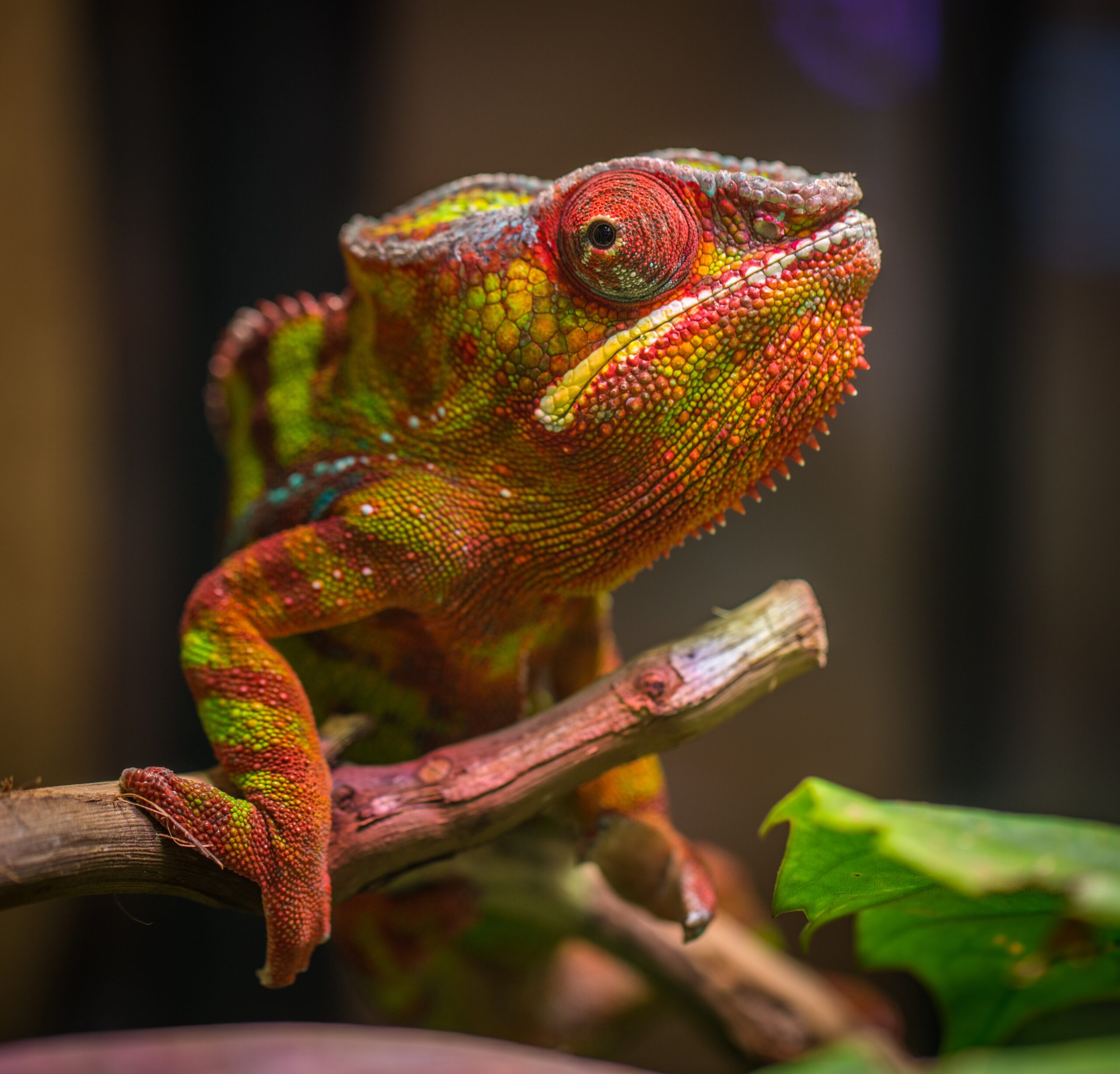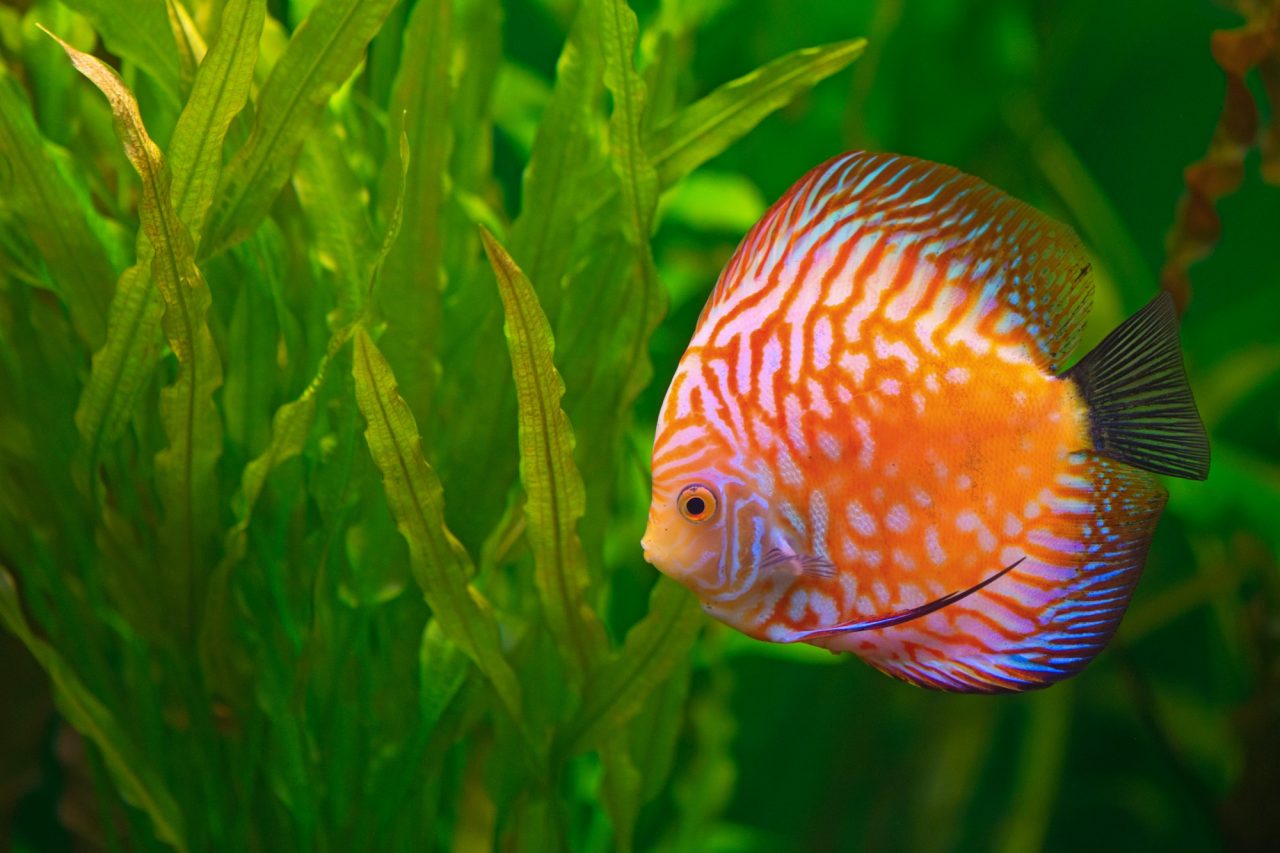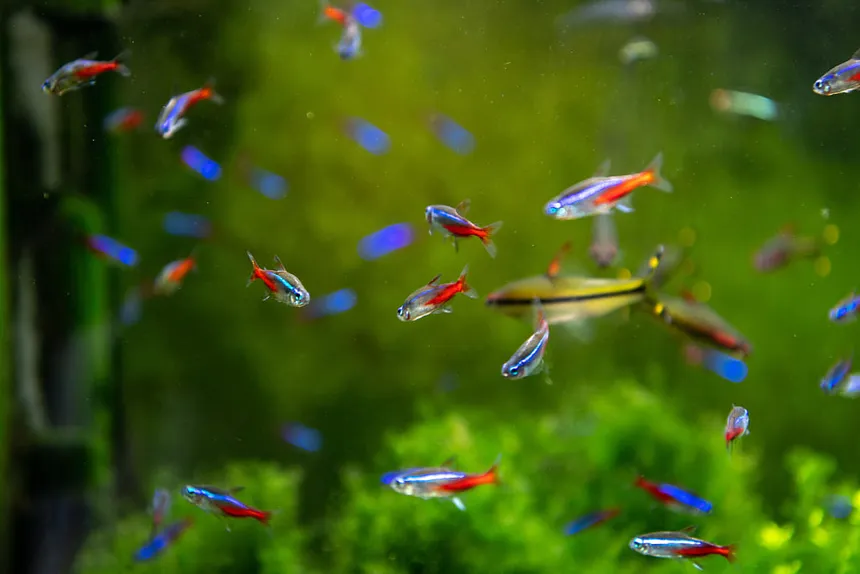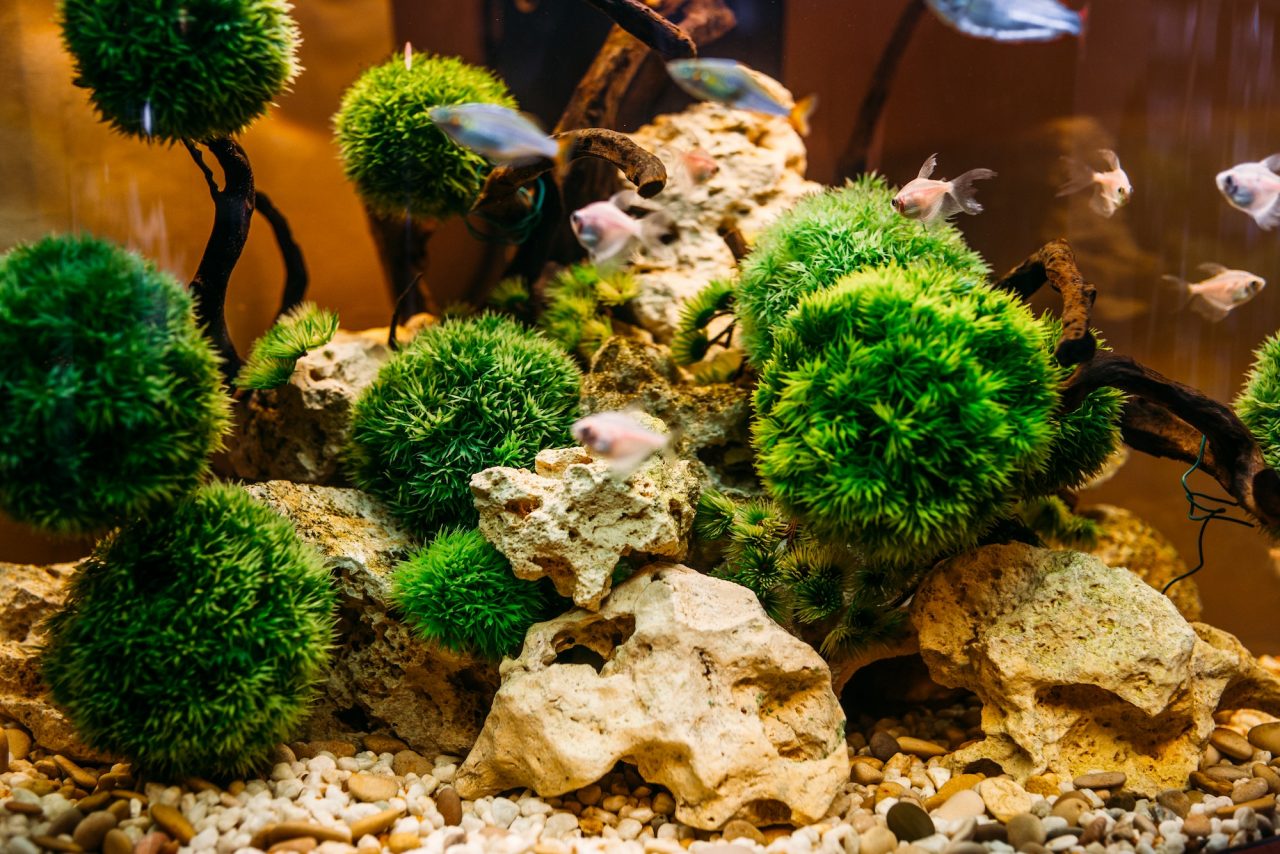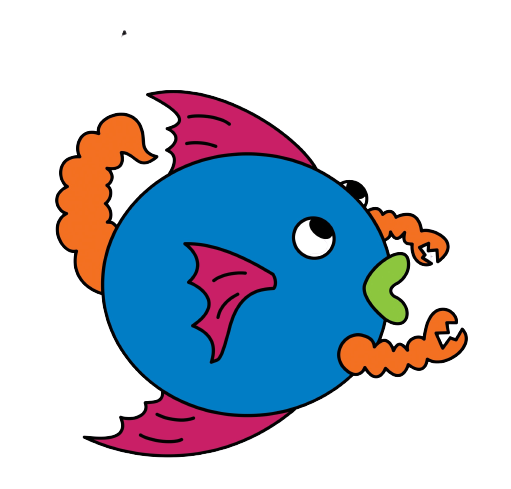Are goldfish second-class citizens in the aquarium world? Given away as prizes at school carnivals and sold by the dozens as feeder fish, it’s little wonder that many hobbyists, and even non-aquarists, look upon goldfish as expendable or disposable. We’re referring, of course, to what are typically called “common” goldfish, not fancy goldfish.
Aside from the ethical issues involved here, there seems to be little regard or understanding for the care requirements of these creatures. It is ironic that while goldfish are generally considered to be less challenging than “tropical” fish, they almost invariably suffer from early deaths at the hands of their keepers. In addition, goldfish are usually considered suitable for beginners, probably because they’re inexpensive. Oddly enough, despite the relatively brief life span the typical goldfish suffers, they’re still thought of as being hardy!
Let’s revise some misconceptions about goldfish. First of all, goldfish are no less important as living entities than any other species of fish. They deserve the same quality of care and feeding that tropical fish receive (or should receive). Some points to consider:
They should absolutely not be housed in “goldfish bowls.” Because they have more body mass per inch of length than many tropical species, goldfish actually need more water and more dissolved oxygen. This means larger tanks and fewer fish than is acceptable for tropical species. Dissolved oxygen is dependent on the surface area of the water, so a bowl is particularly unsuitable because the more water it contains, the less surface area there is.
Goldfish need cooler water. Their respiration and metabolism are not suited to tropical water temperatures. For this reason, they should not be kept with species that need warmer water.
Goldfish grow large when kept properly, so a 55-gallon tank might only hold 4 to 5 adults. They will only grow to become full-sized adults if the tank is not crowded to start with.
Goldfish are vegetarians and will not do well on high protein diets. In addition to prepared goldfish foods, you can offer vegetable flake foods and frozen peas that are cooked for a few moments in boiling water or in a microwave. Brine shrimp, worms or similar foods, which are high in protein and offer little bulk, should not be included in their diets.
Goldfish tanks should have effective biological, mechanical and chemical filtration, just like with other fish. Regular partial water changes while hydro-vacuuming the gravel are essential.
Another thing you can do to help maintain your pet goldfish in the hot summer months when, at room temperature, your aquarium H2O may reach to the mid 80’s, is to double the amount of aquarium salt normally used to help with their osmotic (ability to effectively remove oxygen) process. We normally use one tablespoon per 5 gallons, doubling this in the summer.
When given correct care, goldfish are, in fact, quite hardy and long lived. If your goldfish aren’t living for 10 years or more, you’re not following the care requirements noted above. Anyone who has seen healthy adult goldfish can attest that the results are well worth the effort.

